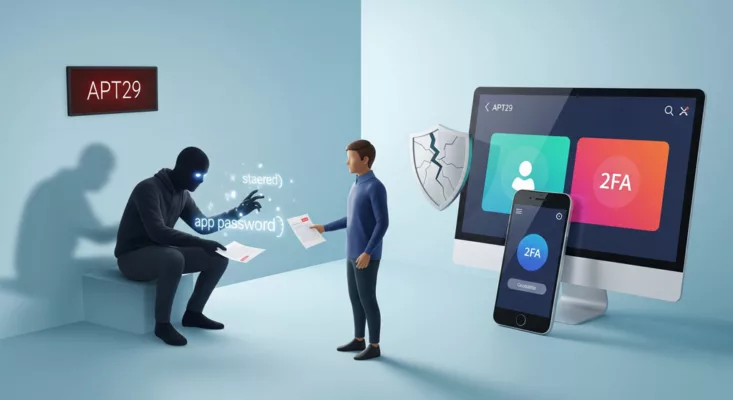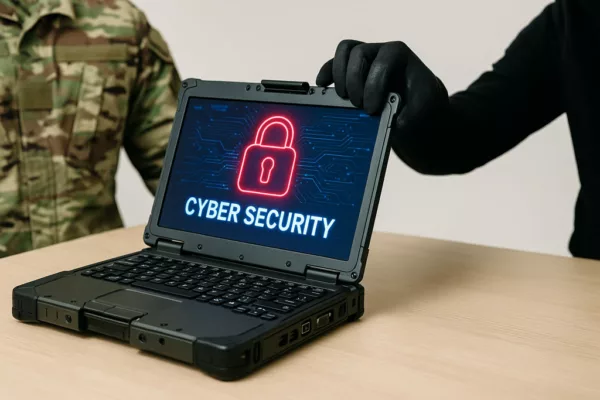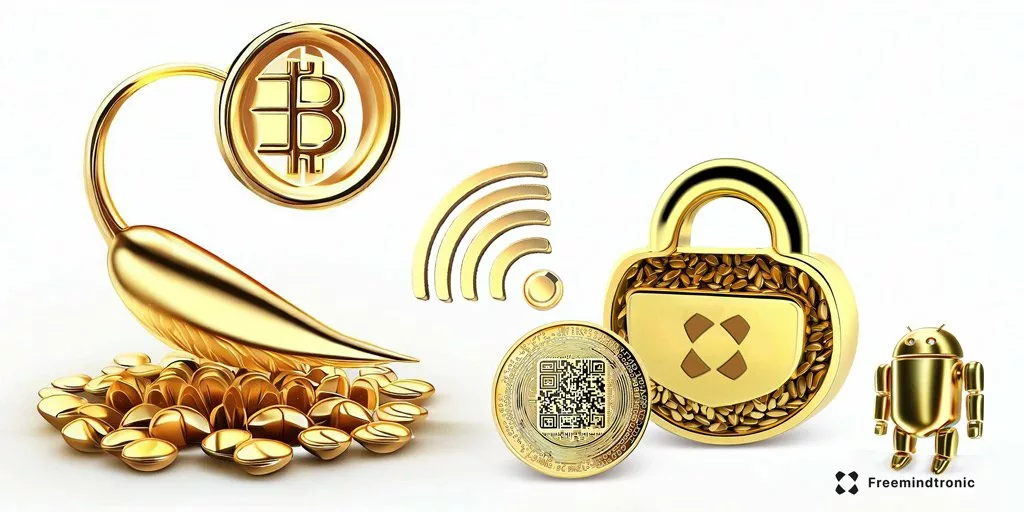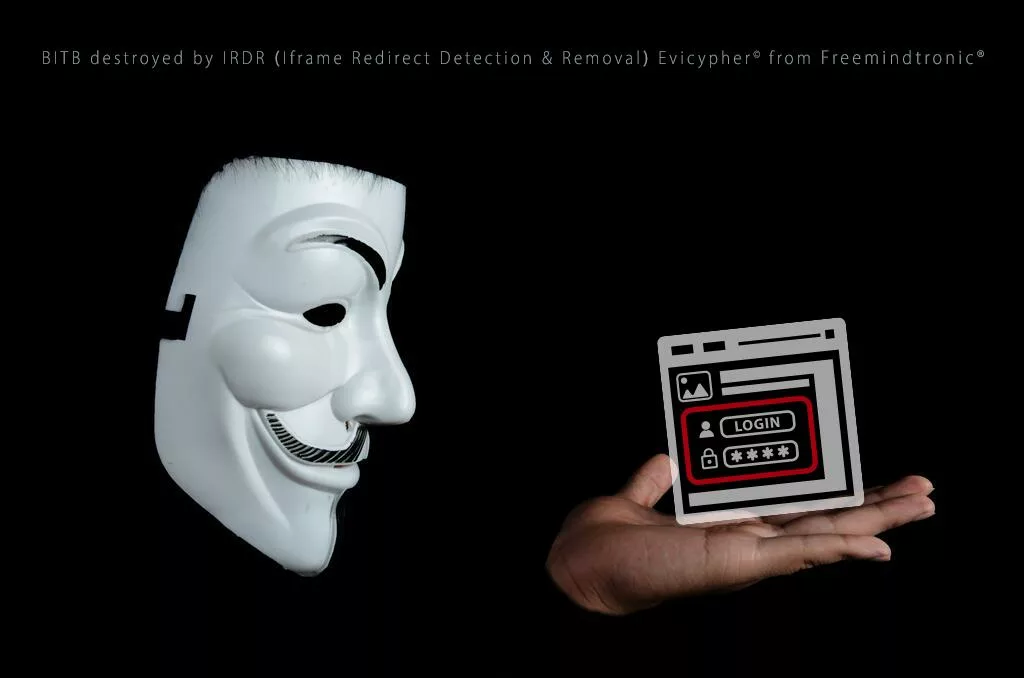Efficient NRE Cost Optimization for Electronics NRE Cost Optimization, in the field of electronic product development, plays a central role. This one-time cost, associated with designing, testing, and developing a new product, has a direct impact on the product’s unit cost and the profit margin. Therefore, estimating and optimizing NRE cost are essential for ensuring […]
Stay informed!
Join our community of technology enthusiasts! Subscribe to our newsletter and receive exclusive updates on the latest news, special offers, and tips from Freemindtronic. Stay informed on the latest technology trends, discover new products, and be among the first to take advantage of them. Sign up now by entering your email address below. Don't miss any updates from Freemindtronic!














